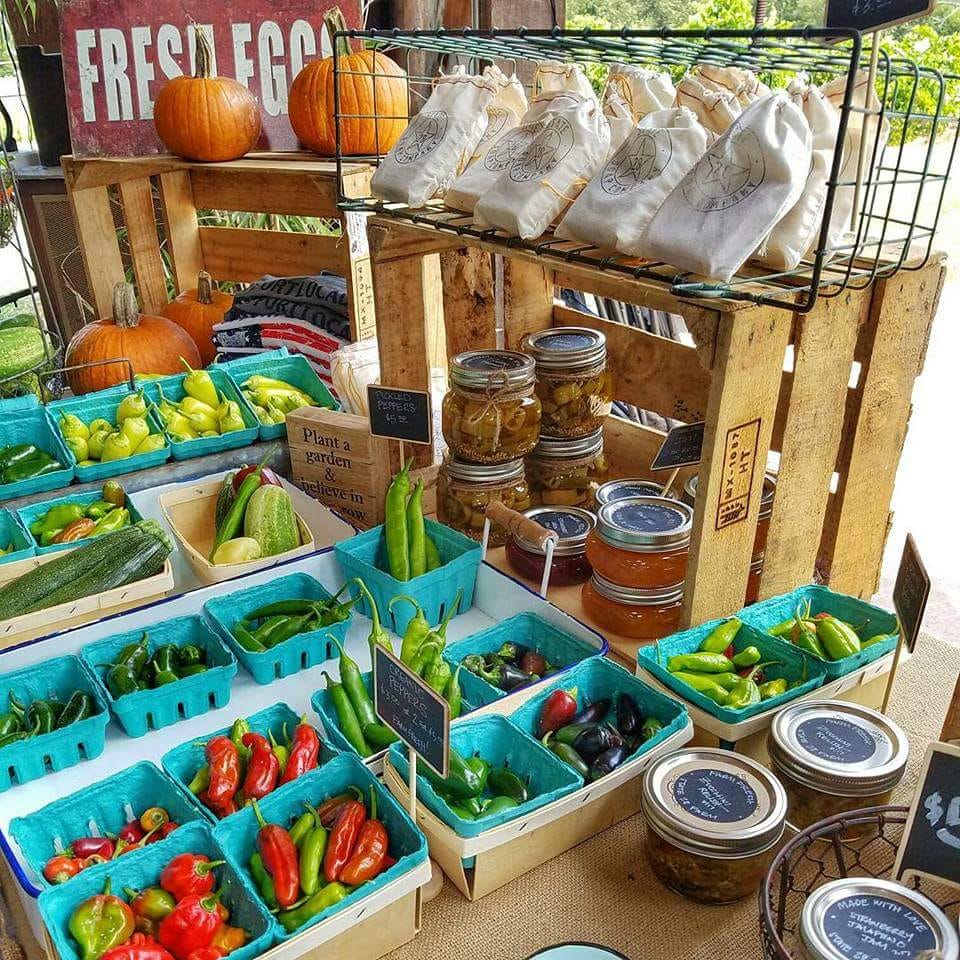By Sarah Vaile, Research Attorney, Farm Commons
The Technical Assistance Network , otherwise known as “TAN,” are the people over at FDA whose job it is to help you understand the Food Safety Modernization Act (FSMA).
But, what if I tell you that the guidance TAN offers is not legally-binding? You may be surprised, but it’s true. The FDA’s own rules state that its guidance documents do not establish “legally enforceable rights or responsibilities.” This may come as a relief, especially if TAN gives you an answer you don’t like. Or, this may cause great anxiety, say if you like their answer and hope to rely on it. Either way, you are likely left utterly confused.
Don’t worry. You’re not alone. There are hundreds, maybe thousands of articles written, by lawyers, who are supposed to understand such things, expressing, debating, pontificating at great length about how confusing agency guidance and its “non legally-binding” nature is.
Legal pondering aside, there are two basic rules farmers should follow when considering TAN guidance.
Rule #1: If you’re not going to follow the FDA’s guidance, be able to show that your own approach will still get to the same goal of keeping food safe. This comes straight out of the FDA’s own rules, which state, “You may choose to use an approach other than the one set forth in a guidance document. However, your alternative approach must comply with the relevant statutes and regulations.” In other words, it is less important that you follow the FDA’s guidance on how you keep the food safe, and more important that whatever methods you are using are effective at keeping the food safe. Backing up your methods with well-documented, scientific evidence of food safety effectiveness is extremely helpful.
Rule #2: Get the FDA’s guidance in writing and get lots of it. While there doesn’t appear to be any hard and fast rule within the FDA itself on this, there is the legal doctrine of equitable estoppel, which is just a fancy, lawyerly way of saying that it wouldn’t be fair to punish a person for reasonably relying on what appeared to be another person’s promise. In the context of food safety, this means that if the FDA offers guidance, and you rely on that guidance and it was reasonable of you to do so, you can’t be punished for doing what they told you. But, you better make certain that you get that advice in writing, and the more written proof you have, the more reasonable it seems for you to have relied upon it. Letters, emails, website information, published guidance documents – they’re all your friend if you end up in a dispute.
Let’s follow this through with some examples.
Farmer Joe
Farmer Joe grows sprouts. He harvests them above the soil mark and sells them in little plastic bags. He asks TAN if his sprouts are subject to Subpart M of the Produce Safety Rule. TAN says, No. But consider voluntarily complying with it anyway, if your production process involves the same kind of risk as producing sprouts harvested with soil intact. Great, Farmer Joe is relieved that this guidance is not legally binding, as he doesn’t like this rule. Complying with it would take a lot of time, effort and money and he’s relieved he doesn’t have to do it. So he doesn’t.
Unfortunately, a customer gets sick after eating his sprouts and sues Farmer Joe. An investigation reveals that he didn’t follow Subpart M and he is sued for negligence.
Fortunately for Farmer Joe, he was smart and followed Rule #1. Although he hasn’t been following the safety procedures laid out in Subpart M, he understands that his sprout production is inherently risky due to the warm, humid environment of his greenhouses and consistently employs a less costly but just as effective method to prevent foodborne illness. He knows it is effective because he has read and saved several scientific articles proving the effectiveness of these methods. He is able to prove he uses this method consistently and diligently from detailed records he has kept over the years. Farmer Joe is found not to be negligent.
Farmer Jill
Farmer Jill grows mushrooms. She asks TAN a question about the water she uses to sprout her mushrooms, and whether Subpart E on Agricultural Water applies to her operation. TAN responds that Farmer Jill need not worry about that because this part of the rule is very confusing and FDA will be rewriting the rule and they won’t be enforcing Subpart E for several more years. Farmer Jill is relieved that she doesn’t have to comply with the costly and time-consuming requirements of Subpart E.
A few years down the line, however, FDA brings an enforcement action against Farmer Jill for failure to comply with the agricultural water rule. Farmer Jill is devastated, and feels that this is very unfair as TAN said they would not enforce the rule and she relied on that.
Fortunately for Jill, she also is smart and followed Rule #2. She kept the email from TAN that stated that they would not be enforcing Subpart E for several years, and she had also saved the screenshot of the FDA website page stating the same. Under the doctrine of equitable estoppel, Jill was able to prove that it was quite reasonable that she rely on the TAN guidance, and that it would be quite unfair to punish her for non-compliance, so they dropped the action.
The takeaway is: There’s no guarantee that you won’t find yourself in a food safety lawsuit or agency enforcement action, but following these two basic administrative law rules greatly improves your chances of a positive outcome.
Farm Commons is a nonprofit organization dedicated to empowering sustainable farmers with the legal resources they need. Register for an account at www.farmcommons.org and gain access to loads of FREE easy-to-understand tipsheets, podcasts, videos and more.


